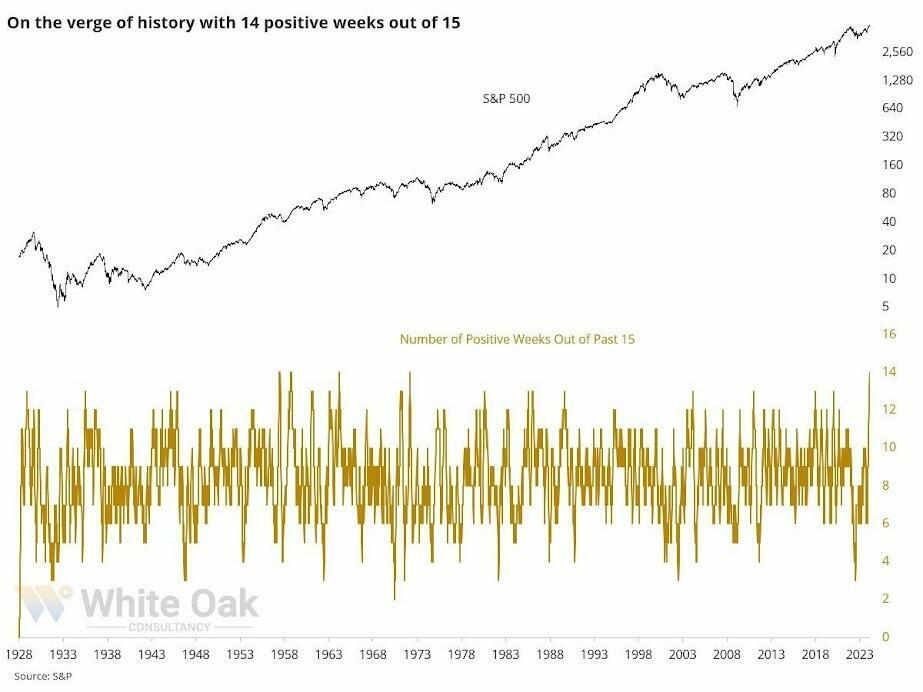Even as the world slowly begins to decarbonize industrial processes, achieving lower concentrations of atmospheric carbon requires technologies that remove existing carbon dioxide from the atmosphere — rather than just prevent the creation of it.
Typical carbon capture catches CO2 directly from the source of a carbon-intensive process. Ambient carbon capture, or “direct air capture” (DAC) on the other hand, can take carbon out of typical environmental conditions and serves as one weapon in the battle against climate change, particularly as reliance on fossil fuels begins to decrease and with it, the need for point-of-source carbon capture.
New research from Northwestern University shows a novel approach to capture carbon from ambient environmental conditions that looks at the relationship between water and carbon dioxide in systems to inform the “moisture-swing” technique, which captures CO2 at low humidities and releases it at high humidities. The approach incorporates innovative kinetic methodologies and a diversity of ions, enabling carbon removal from virtually anywhere.
The study was published today (Oct. 3) in the journal Environmental Science and Technology.
“We are not only expanding and optimizing the choice of ions for carbon capture, but also helping unravel the fundamental underpinnings of complex fluid-surface interactions,” said Northwestern’s Vinayak P. Dravid, a senior author on the study. “This work advances our collective understanding of DAC, and our data and analyses provide a strong impetus to the community, for theorists and experimentalists alike, to further improve carbon capture under practical conditions.”
Dravid is the Abraham Harris Professor of Materials Science and Engineering at Northwestern’s McCormick School of Engineering and director of global initiatives at the International Institute for Nanotechnology. Ph.D. students, John Hegarty and Benjamin Shindel, were the paper’s co-first authors.
Shindel said the idea behind the paper came from a desire to use ambient environmental conditions to facilitate the reaction.
“We liked moisture-swing carbon capture because it doesn’t have a defined energy cost,” Shindel said. “Even though there’s some amount of energy required to humidify a volume of air, ideally you could get humidity ‘for free,’ energetically, by relying on an environment that has natural dry and wet reservoirs of air close together.”
The group also expanded the number of ions used to make the reaction possible.
“Not only have we doubled the number of ions that exhibit the desired humidity-dependent carbon capture, we have also discovered the highest-performing systems yet,” John Hegarty said.
In recent years, moisture-swing capture has taken off. Traditional carbon capture methods use sorbents to capture CO2 at point-of-source locations, and then use heat or generated vacuums to release CO2 from the sorbent. It comes with a high-energy cost.
“Traditional carbon capture holds onto CO2 tightly, which means it takes significant energy to release it and reuse it,” Hegarty said.
It also doesn’t work everywhere, Shindel said. Agriculture, concrete and steel manufacturers, for example, are major contributors to emissions but take up large footprints that make it impossible to capture carbon at a single source.
Shindel added that wealthier countries should be attempting to get below zero emissions as developing countries, which rely more on the carbon economy, ramp down CO2 production.
Another senior author, chemistry professor Omar Farha, has experience exploring the role of metal-oxide framework (MOF) structures for diverse applications, including CO2 capture and sequestration.
“DAC is a complex and multifaceted problem that requires an interdisciplinary approach,” Farha said. “What I appreciate about this work is the detailed and careful measurements of complex parameters. Any proposed mechanism must explain these intricate observations.”
Researchers in the past have zeroed in on carbonate and phosphate ions to facilitate moisture-swing capture and have specific hypotheses relating to why these specific ions are effective. But Dravid’s team wanted to test a wider breadth of ions to see which were the most effective. Overall, they found ions with the highest valency — mostly phosphates — were most effective and they began going down a list of polyvalent ions, ruling out some, as well as finding new ions that worked for this application, including silicate and borate.
The team believes that future experiments, coupled with computational modeling, will help better explain why certain ions are more effective than others.
There are already companies working to commercialize direct air carbon capture, using carbon credits to incentivize companies to offset their emissions. Many are capturing carbon that would already have been captured through activities such as modified agricultural practices, whereas this approach unambiguously sequesters CO2 directly from the atmosphere, where it could then be concentrated and ultimately stored or reused.
Dravid’s team plans to integrate such CO2 capturing materials with their earlier porous sponge platform, which has been developed to remove environmental toxins including oil, phosphates and microplastics.
The research on direct air capture of carbon dioxide was supported by the Department of Energy (DOE-BES DE-SC0022332), and made use of the SHyNE Resource facilities, supported by NSF-NNCI Program (NSF ECCS-2025633).
Journal
Environmental Science & Technology
DOI
10.1021/acs.est.3c02543


















































